OUR EXPERTISE, PROJECTS, TECHNOLOGY, AND SERVICES
Settlement Systems
Settlement monitoring is very important to evaluate the possible problems and for risk management related to ground displacement on surface or underground constructions. Settlement monitoring is used in the field of tunnelling, dams, embankments, deep excavations, foundations, retaining walls as diaphragm walls, and buildings affected by possible differential settlement.
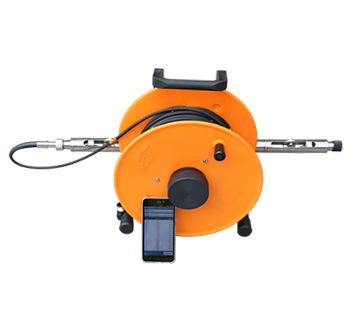
INCLINOMETER

Horizontal Inclinometer
This model is one of the most advanced MEMS digital inclinometer systems of the world. It uses Android mobile phone as a readout and data storage unit so that it is having the high computational power and high-resolution color display capabilities. This system is used to accurately measure horizontal movement including settlement and heave of storage tank, structures, landfills, etc.
The horizontal inclinometer system provides significant quantitative data on the magnitude of settlement and its variation with time. It gives information on pattern of settlement and effectiveness of construction control measures.
This system consists of inclinometer casings with couplings, probe with operating cables and a mobile phone data logger. Accessories like a dummy probe and calibration jig are available on demand.
Note: For vertical inclinometer readings ‘Vertical Inclinometer’ unit is required.
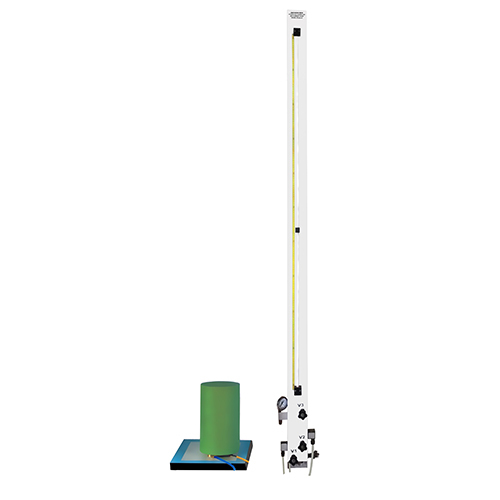
SETTLEMENT MONITORING

Hydraulic Overflow Settlement Monitoring System
This unit is a hydraulic overflow settlement system is suitable for measurement of settlement or heave in an embankment of a dam or infills where the settlement cell (sensor) and terminal structure or observation room can be nearly at the same elevation.
The hydraulic overflow settlement gage works on the ‘U’ tube principle. It consists of a graduated standpipe and a sealed settlement cell with three accesses – first for an overflow pipe which is connected by a nylon tubing to the standpipe, second allows the drainage of excess water from the cell and the third access allows atmospheric pressure to be maintained inside the cell. The cell is installed in soil fill and the standpipe on the firm ground outside the structure. De-aired water is filled in the standpipe and tubing connecting it to the cell. Comparing the water level in the standpipe with earlier readings taken gives the settlement/ heave to which the cell is subjected.
Key components
- Standpipes are available in suitable length (settlement range + 0.5 m) depending on settlement expected.
- Settlement cell capacity depends on the volume of the water contained in the tubing connecting the cell to the level indicator. Depending upon tubing lengths up to 60 m, 150 m and 300 m, cells are available in capacities of 2, 5 and 10 litre respectively.
- Dual nylon tube of 6 mm o.d. x 4 mm i.d. (pressure rating of 3.5 MPa).., one black and one white of uniform cross-section enclosed in polythene sheathing.
- Nylon tubing 8 mm o.d. x 5 mm i.d. (pressure rating of 3.5 MPa) in a suitable length for the drain
- De-aired water in 5, 10 or 20-litre container
- Mono-block 0.25 HP centrifugal pump operating on single phase 230VAC
- Foot pumps (optional)
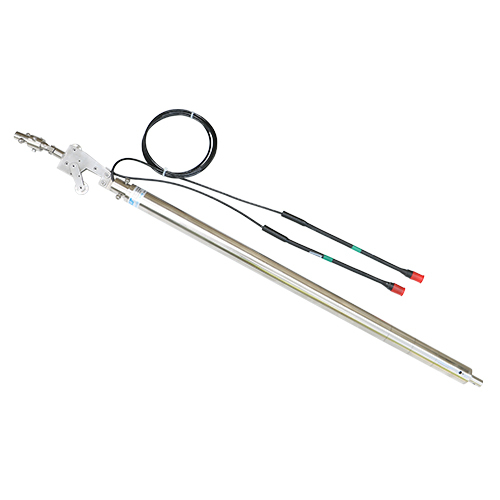
SETTLEMENT MONITORING

3D Settlement with Inclination Monitoring System
This is an in-place 3D inclinometer with settlement (IPIS) system is used wherever lateral movement along with settlement/heave is to be monitored in a borewell or on a structure. It finds wide application in the measurement of lateral movement and settlement in soil, earthworks, slopes or structures like retaining/diaphragm walls, embankment, deep foundations or dams etc. It is also very useful in monitoring landslide areas.
IPIS is designed to provide significant quantitative data on the magnitude of lateral movement along with settlement or heave and its variations with time. It also provides the pattern of deformation, zones of potential danger and effectiveness of construction control measures undertaken. Its data logging and real-time monitoring feature help to provide early warning in case of failures.
The IPIS system consists of a string of probes positioned inside the inclinometer casing in a continuous array to span the movement zone. Each probe basically comprises of a high accuracy biaxial MEMS sensor to monitor inclination or lateral movement (X-Y) and a contactless magnetic sensor to monitor settlement or heave (vertical movement-Z), housed in a waterproof stainless steel enclosure.
These sensors measure the tilt and settlement in successive segments to accurately monitor a change in the profile (x-y-z) of the inclinometer casing. The real advantage of IPIS is that it allows online monitoring of transverse movement as well as settlement using the same borehole/gauge well. This was not possible until now using presently available instruments.
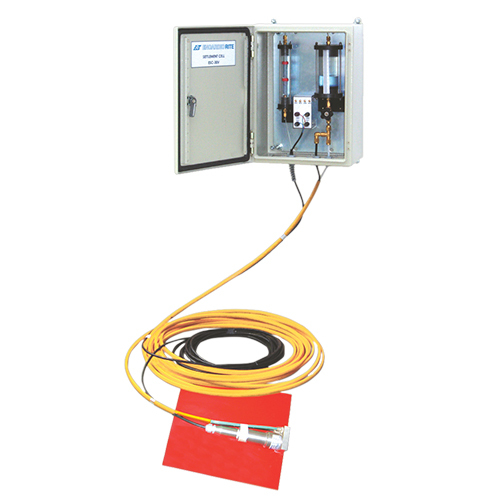
SETTLEMENT MONITORING

Ground Settlement Measurement System
This settlement measurement system is designed for monitoring settlement infills, embankments, and dams, etc. It comprises of a vibrating wire sensor connected to a reservoir via a fluid filled polyethylene sheathed twin nylon tubing. The sensor is installed in soil fill and the reservoir is mounted on firm ground. As the sensor settles with the surrounding soil, the fluid head at the sensor increases. The change in the measuring head is the settlement relative to the reservoir.
A manifold system is optionally available to connect up to seven sensors to the same reservoir.
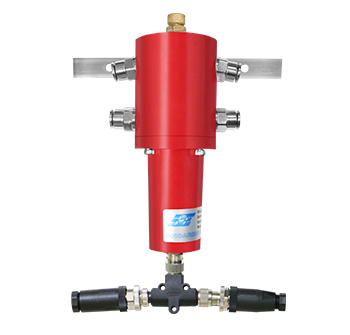
SETTLEMENT MONITORING

Digital Liquid Level Settlement Monitoring System
This is high sensitivity liquid level settlement system is designed for remote measurement of minute differential settlement in tunnels, bridges and buildings, etc. with high precision. It consists of a low pressure, high sensitivity settlement sensors with digital output, connected in series to a reference reservoir and desiccant unit via fluid filled and air vent tubes respectively.
All interconnected settlement sensors are mounted at same elevation. They are connected in series by a fluid filled tube to a reference sensor mounted on stable ground, at same elevation. The settlement sensors and the reference sensor have a common fluid level initially. The fluid level in the reference reservoir is maintained almost constant. Settlement or heave of any sensor installed at settlement locations, causes difference in elevation between the sensor and reference reservoir, resulting in change in liquid head, which is read by the settlement transducer.
The settlement sensors are interconnected with an air vent tube terminated in a desiccant unit with a moisture trap. The common vent line being open to atmosphere results in settlement reading not being affected by local air current and changes in atmospheric pressure.
Data for remote online monitoring is retrieved from the sensors by a digital datalogger. With real-time data, authorities can monitor slightest changes taking place instantly. This allows taking of timely decisions resulting in increased safety, cost effectiveness and reduced project delays.
